How to protect outdoor furniture (Step-by-step)

Step 1. Cover your furniture
Cover your furniture and protected them from the wind, rain and sun. There are covers specifically designed for tables, patio heaters and umbrellas. If you don’t have one of these, covering your outdoor furniture with a tarpaulin will also protect them from the elements.
Step 2. Oil or stain your furniture
Look after your wooden furniture and make it look great is to lightly sand it back and then apply furniture oil or stain remover to help protect it. If you do this regularly, it won’t take long each time you do it. This will not only protect your wooden tables and chairs but also keep them looking new.
Step 3. Protect your pillows and cushion
A simple way to protect the pillows and cushions for your chairs and outdoor furniture is to keep them undercover when the winter weather and rain arrives. This can be as simple as storing them inside your home or in a shed or putting the cushions or pillows on a chair and pushing the chair under the table.
Care and Protect Tips
- Add Water Sealers
If you live in an area that receives a lot of rain, or even if you just want to keep your wooden outdoor furniture completely protected, you should consider applying a water sealant. This will keep the beautiful look of your wood while also giving it the protection it needs. The nice thing about a water sealer is that it not only protects your furniture from moisture outside, but it will also allow damp wood within the sealant to dry faster in order avoid splitting, rotting, and warping.
- Use Varnish
Another good way to protect your outdoor wooden furniture is varnish. Visit your local home store and look at your options. Different varnishes do exist, so be sure to acquire an outdoor variety that is right for you. Again, like the water sealer, this will maintain the look of your furniture’s wood, but won’t protect it as well as paint. Also, with varnish, be sure to reapply a coat at least every few years to maintain its strength.
DO YOU KNOW THAT?
When electronics was young, it was a given that a device, be it a radio, a gramophone or one of the newest-fangled televisors – later known as televisions – was also a piece of furniture. When everything needed rows of hot, glowing glass valves and mighty transformers, miniaturization and portability were not even an option for domestic use.

Since then, furniture-scale technology, or smaller technology designed to be part of a tasteful furniture landscape, has become its own modest but growing category. Here are some examples of new technology furniture.




_page20_image40-150x150h.jpg)

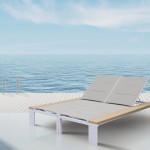






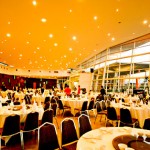



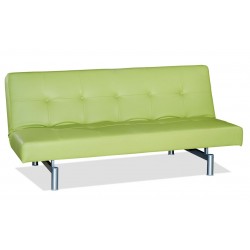


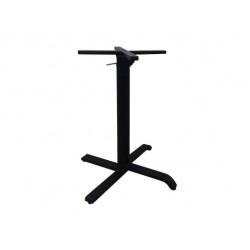
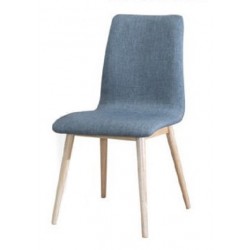
Leave a Comment